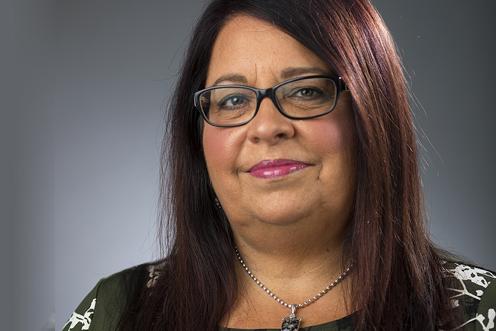Pay Parity as An Issue of Healthcare Justice And Racial Justice

New York City is facing the worst understaffing crisis we have ever seen in its public hospitals and Mayoral agencies, with nurses leaving for the private sector where they get higher pay and better working conditions. This must be addressed with a fair contract for the 9,000 NYSNA nurses who work for NYC H+H (our nation’s largest municipal health care delivery system of public hospitals, community-based health centers, long-term care and rehabilitation facilities, correctional health services), and for our Mayoral agencies.
Let’s be clear, New York City’s public sector nurses are used to doing more with less. They saved our city while putting themselves at risk, preventing thousands of hospitalizations and deaths from COVID infections. It is time for the city to invest in our public health system by investing in frontline caregivers.
Pay Parity
One of the ways the city can do this is by ensuring pay parity between the public and private sector. Parity isn’t charity. This is not just a nice thing to do, it is a health necessity. Patients need experienced nurses at the bedside, and that is compromised when hospital systems refuse to pay nurses what they need and deserve. Too many times, nurses of color and nurses serving communities of color, do not earn what they deserve. There is a devaluation of nurses of color and communities of color and that shows up in what health systems are willing to pay.
There are also longstanding racial inequities that contribute to the lack of equal pay for nurses of color. The contract struggle involving H+H/Mayorals is a perfect moment to address both issues – pay equity between public and private sector nurses and health equity for our patients.
The lack of parity sets in motion a cascade of problems for both nurses and patients. When they cannot get what they need to care for their patients, community and family, nurses end up leaving. When nurses leave the public sector, communities or color lose trusted healthcare professionals who can meet their needs with compassion.
Backbones of Public Healthcare
Nurses are the backbone of NYC’s public healthcare system. It is morally indefensible that we’re experiencing crisis-level understaffing. We have stressed to the public health system and policymakers that understaffing has only gotten worse since the start of the COVID-19 pandemic. To be blunt, turnover is the worst we’ve ever seen. In some units the most senior nurse has only a year of experience. And other units are staffed by mostly expensive temporary travel nurses who don’t know our patients, our hospitals or our communities.
We should be clear that parity is an issue of healthcare justice and racial justice. The crisis in understaffing at our public hospitals is driven by the enormous pay disparity between private- and public-sector nurses, which is only growing with the recent contract settlements for nurses in NYC’s private-sector hospitals. What was once an annual salary difference of $14,000/year will now be more than $19,000/year. This pay inequity will push even more H+H nurses out the door in search of much higher-paying jobs in the private sector. Such unequal pay will escalate understaffing and unequal care for New York’s predominantly working-class Black and Brown communities.
Equal Pay Day
Most recently, the United States observed Equal Pay Day, which is the day that women’s salaries catch up with what men earned last year. As noted in the Equal Pay Day story in this publication, Equal Pay Day falls on different days depending on a person’s race. For instance, while Equal Pay Day for white women was March 8, Equal Pay Day for Asian American, Native Hawaiian and Pacific Islander Women is May 3. Black Women’s Equal Pay Day is Sept. 21. And Latina’s Equal Pay Day is Dec. 8. Latinas are paid 54 cents for every $1 paid to white men.
It is staggering that women of color are being left behind to such an alarming degree. But we must remember that the pain is doubly-felt for women of color and persons who work in the public sector. There is not only a disparity based on race, but a disparity based on public and private sector. NYC can and must do better.
NYC Must Do Better
NYC H+H/Mayorals cannot afford to continue shortchanging nurses. Hiring and training nurses who leave for the private sector is costly, but it also deprives the local community of healthcare professionals who know them and look like them. NYSNA will continue to fight for H+H/Mayorals nurses because they deserve it, but our patients and communities deserve it too.